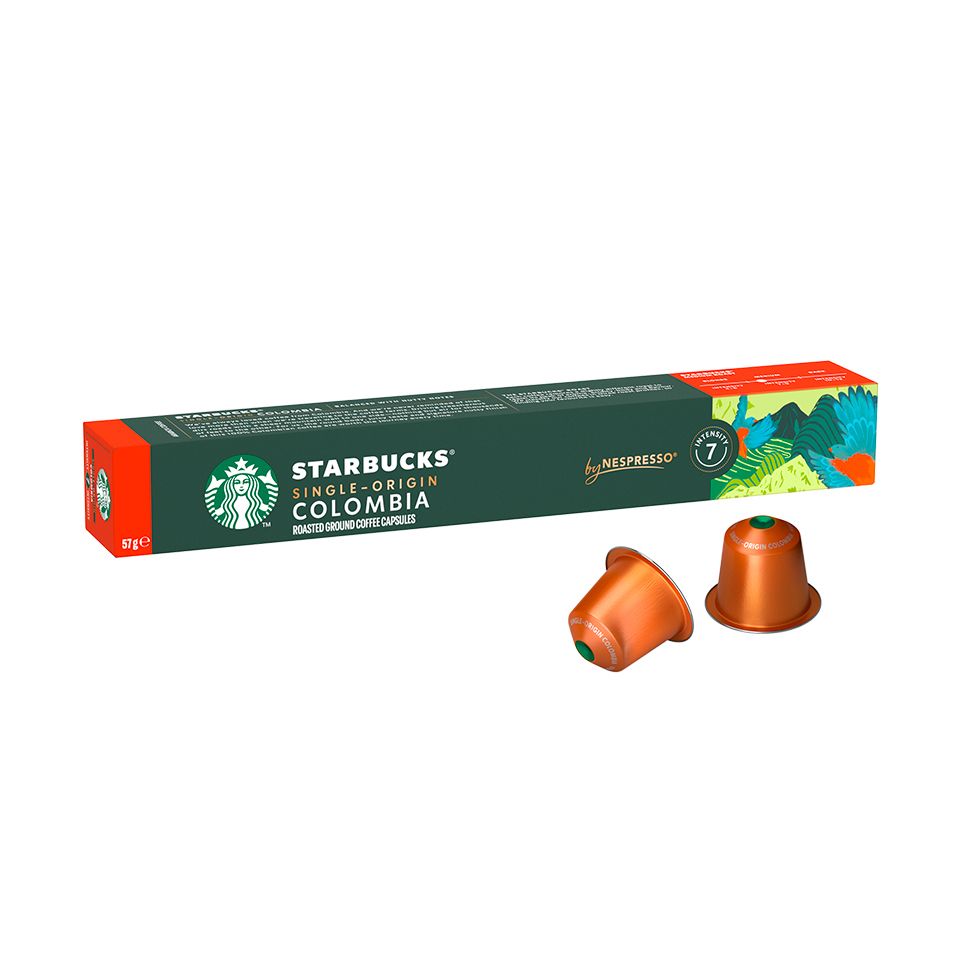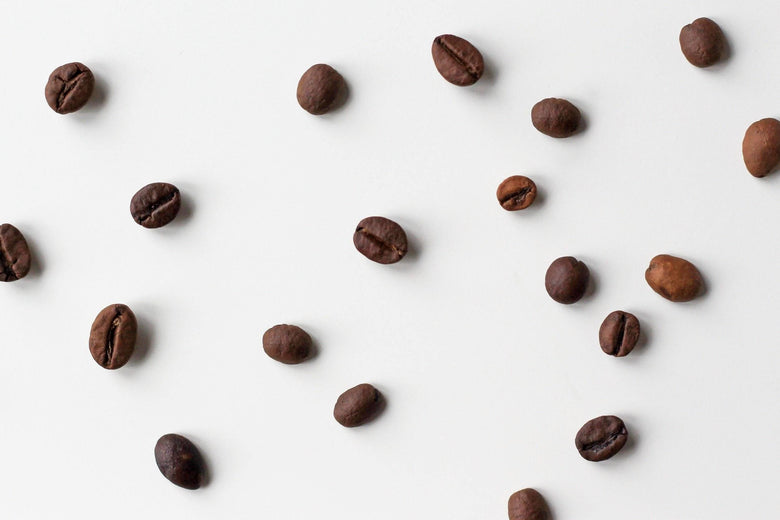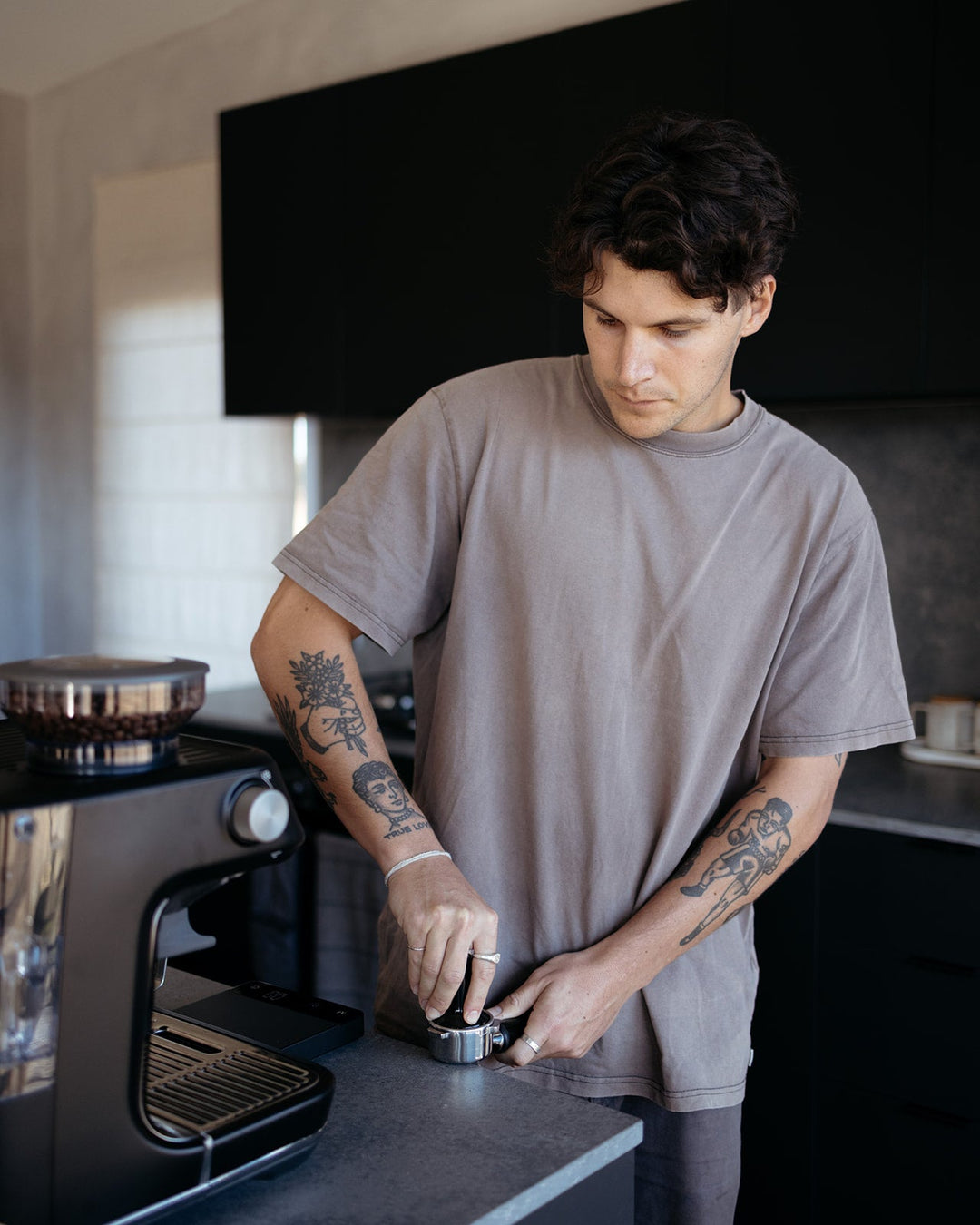Understanding Coffee Beans: the Journey From Espresso to Blended Coffee Beans

The Beginnings of Coffee: A Worldwide Perspective
While you might assume of coffee as a modern-day staple, its origins map back centuries, linking with cultures across the world. The tale begins in Ethiopia, where legend states a goat herdsman named Kaldi uncovered the energizing impacts of coffee beans after discovering his goats romping vigorously after consuming them.
As trade routes expanded, coffee made its way to Europe in the 17th century, rapidly acquiring popularity. Each culture added its distinct twist to coffee preparation, enhancing its background.
Farming and Harvesting of Coffee Beans
As coffee's trip advanced, the emphasis changed to the farming and harvesting of details bean selections, particularly those used for espresso. You'll find that espresso beans usually originate from Arabica or Robusta plants, each offering distinctive tastes. The ideal growing problems consist of high elevations and abundant, well-drained dirt, which enhance the beans' high quality.
During the harvest, picking approaches vary. Timing is vital; you desire to harvest when the cherries get to peak ripeness for optimum flavor.
Once gathered, the beans are prepared for handling, which is crucial in establishing their final preference. Recognizing the growing and collecting procedures gives you understanding into what enters into your favored espresso, improving your gratitude for each and every cup.
Handling Methods: From Cherry to Bean
Since you've found out about harvesting coffee beans, allow's check out just how those cherries change into the coffee beans you like. You'll see just how different harvesting methods influence flavor, complied with by the important actions of fermentation and drying out. Lastly, we'll damage down the milling and grading procedure that determines your coffee's high quality.
Harvesting Methods Explained
When it comes to coffee, recognizing harvesting strategies is crucial, since they straight influence the taste and top quality of the beans you take pleasure in. Discerning selecting includes hand-picking only ripe cherries, ensuring you get the best quality beans. Ultimately, the choice of harvesting technique can greatly influence your coffee experience, so it's worth knowing just how those beans made it to your mug.
Fermentation and Drying Out
After gathering, the next steps in processing coffee beans play a considerable role in shaping their taste. You'll discover that fermentation is important, as it helps damage down the mucilage bordering the beans, improving their taste account. Depending upon the technique, this process can last from a couple of hours to a number of days, with varying results based upon temperature level and humidity.
As soon as fermentation is total, drying adheres to, which is similarly important. You can pick from mechanical or sun-drying drying approaches. Sun-drying allows the beans to soak up tastes from the environment, while mechanical drying out guarantees regular wetness degrees despite weather. Appropriate drying is important to protect against mold and mildew and preserve the beans' top quality, eventually affecting your cup of coffee.
Milling and Grading Process
As fermentation and drying established the stage for flavor advancement, the milling and grading procedure guarantees that just the ideal coffee beans make it to your cup. This phase entails removing the external layers of the coffee cherry, including the parchment and husk. After milling, the beans are sorted by size and weight, making sure a consistent high quality. You'll locate that grading assists recognize flaws and categorize beans, which impacts taste and aroma. Top quality beans get a higher grade, causing a richer coffee experience. Once rated, the beans await packaging and shipping, maintaining their unique attributes. This thorough process is necessary for delivering the remarkable taste you appreciate in every sip of your favored brew.
Roasting Techniques: Unlocking Flavor Prospective
When you roast coffee beans, the technique you select can dramatically affect the taste profile. Comprehending the connection in between time, temperature, and roasting strategies is vital to exposing the capacity of your mixture. Let's check out exactly how these components integrated to develop the ideal cup.
Toasting Techniques Described
While you may assume that all coffee roasting approaches yield the very same results, the reality is that each strategy exposes unique flavor possibilities in the beans. Drum roasting utilizes a rotating drum to uniformly disperse warm, enhancing caramelization and creating a balanced taste. Air roasting, on the various other hand, circulates warm air around the beans, advertising a lighter roast with pronounced level of acidity.

Influence On Taste Account
Different roasting techniques not just affect the process but likewise greatly affect the flavor profile of the coffee beans. Dark roasts, on the other hand, bring out bold, great smoky flavors, occasionally masking the bean's special characteristics. Understanding these subtleties aids you value the creativity behind your cup of coffee, enhancing your overall check out here experience with every sip.
Time and Temperature Level Variables
To launch the full flavor potential of coffee beans, both time and temperature level throughout the roasting process play substantial duties. When roasting, you'll find that greater temperature levels can swiftly establish flavors, yet if you hurry it, you may end up with burnt notes. Conversely, reduced temperature levels enable a more steady taste development, showcasing the beans' distinct characteristics.

Timing is equally as essential; expanding the roast also long can result in a loss of acidity and illumination, while also brief a roast might leave the beans underdeveloped. Locating that sweet place requires technique and experimentation. By website here readjusting these elements, you can disclose the rich, complex flavors concealed within each bean, creating an absolutely amazing coffee experience.
The Art of Mixing: Crafting Distinct Coffee Accounts

Beginning by selecting a base coffee that supplies a strong structure. Then, choose corresponding beans to boost specific flavor notes. As an example, a bright Ethiopian bean can bring fruitiness, while a rich Brazilian coffee adds body. Trial and error is essential-- do not be scared to change proportions till you discover your excellent account.
As you mix, bear in mind that each combination narrates. You're not simply making coffee; you're developing an experience. So, take your time, preference regularly, and enjoy the journey of discovering your signature blend.
Brewing Methods: How Preparation Affects Taste
Mixing coffee opens a domain name of taste opportunities, yet how you make that blend can considerably influence your final cup. Various developing techniques extract distinct flavors and scents, so it's essential to pick wisely. As an example, a French press permits debris and oils to continue to be, developing an abundant, robust experience. On the other hand, a pour-over highlights the coffee's quality and illumination, ideal for showcasing fragile notes.
Coffee, with its high pressure, creates a concentrated shot that emphasizes sweetness and crema. If you prefer a lighter mixture, consider a cool brew method; it produces a smooth, less acidic taste.
Changing variables like water temperature, grind size, and make time can change your coffee's account. Accept the art of developing to uncover the tastes concealed in your coffee blends.
The Future of Coffee: Sustainability and Technology
As the coffee industry progresses, sustainability and technology are ending up being necessary for resolving environmental challenges and meeting consumer demands. You'll observe that even more coffee companies are embracing eco-friendly practices, from sourcing beans fairly to applying lasting farming techniques. These shifts not only assist the world yet additionally enhance the quality of the coffee you take pleasure in.
You could see technologies like biodegradable packaging and a knockout post water-saving developing methods that decrease waste. Advanced innovation, such as blockchain, is additionally becoming prominent, ensuring transparency in the supply chain, which enables you to map your coffee back to its origins.
Additionally, purchasing regional communities and supporting farmers via reasonable trade efforts promotes an extra sustainable coffee ecosystem. As you drink your following cup, keep in mind that your options can add to a brighter future for coffee. By choosing lasting brand names, you're not just enjoying a drink; you're making a favorable effect on the world.
Often Asked Inquiries
What Is the Distinction In Between Arabica and Robusta Beans?
Arabica beans are smoother, sweeter, and have a higher level of acidity, while robusta beans are stronger, extra bitter, and include even more caffeine. You'll see these differences in taste and fragrance when making your coffee.
How Does Altitude Affect Coffee Bean Flavor?
Altitude influences coffee bean taste substantially. Greater altitudes create beans with brighter acidity and complex flavors, while reduced altitudes frequently produce beans that are much heavier and much less nuanced. You'll see these differences in your mug!
What Are the Health And Wellness Perks of Drinking Coffee?
Drinking coffee can boost your energy, improve psychological focus, and also enhance physical performance. It's abundant in antioxidants, might lower the threat of specific illness, and can advertise a healthier metabolic rate when consumed in small amounts.
Can Coffee Beans Be Reused for Developing?
Yes, you can reuse coffee beans for brewing, however the taste may be weak. If you delight in trying out, try recycling them in different means, like chilly mixtures or including to smoothies for an additional kick.
Exactly how Should I Store Coffee Beans for Quality?
To keep your coffee beans fresh, keep them in an impermeable container in an amazing, dark location. Stay clear of revealing them to light, wetness, or warmth, as these aspects can rapidly deteriorate their taste and fragrance.
Recognizing Coffee Beans: the Journey From Coffee to Blended Coffee Beans.
Currently that you have actually learned about collecting coffee beans, let's check out just how those cherries change right into the coffee beans you like.When you roast coffee beans, the technique you select can significantly impact the flavor profile - Single Origin Espresso.While you might assume that all coffee toasting approaches generate the very same outcomes, the reality is that each method reveals distinct flavor potentials in the beans.Various toasting approaches not only influence the process yet additionally greatly affect the taste account of the coffee beans